'The Crown' Hints that Princess Alice Was Treated By Sigmund Freud. The Full Story is Incredible.
In its first two seasons, viewers of The Crown have been entranced by the show’s brief forays into the turbulent childhood of Prince Philip, Duke of Edinburgh, who was famously smuggled out of a war zone in an orange crate. In a tearjerker standalone episode (Season Two, Episode Nine, titled “Paterfamilias”), The Crown plumbed the impact of Philip’s fractured family life on his psychological development, yet his closest living relatives have often been sidelined on the show, relegated to photographs or flashbacks.
In Season Three, that changes. The Crown at last delves deeper into the extraordinary life of Philip’s mother, the elusive Princess Alice of Battenberg. A congenitally deaf woman taught to read lips in four languages, Princess Alice lived a remarkable life of altruism and service, serving as a military nurse during World War I, sheltering Jewish refugees during the Holocaust, and founding an Orthodox order of nursing nuns in Greece.
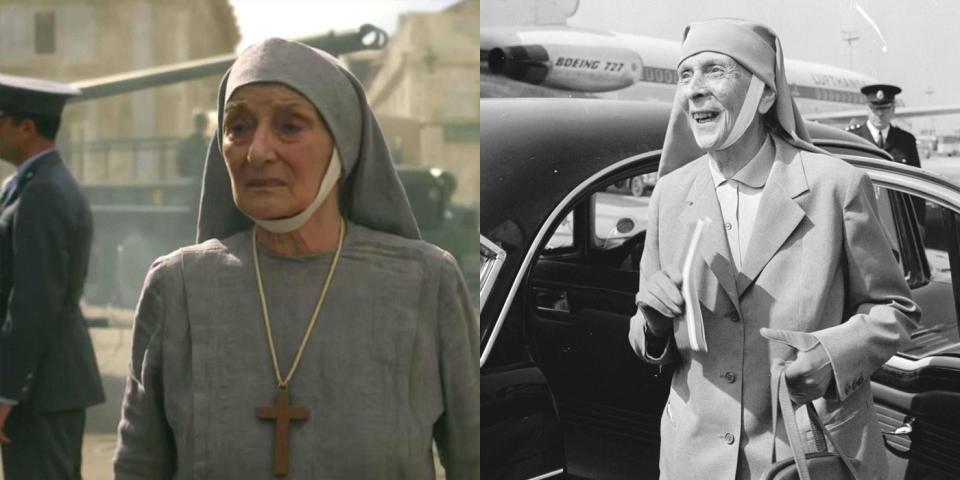
In “Bubbikins,” the fourth episode of Season Three, Princess Alice is brought to live at Buckingham Palace, owing to political turmoil in Athens that renders the city unsafe for an elderly woman. In a candid conversation with a reporter, Alice offhandedly mentions her time in a sanitorium under the treatment of Sigmund Freud, saying of the pioneering psychologist, “He was not a kind man. I was there for just over two years, and I managed to escape.”
What Alice mentions in those two sentences is only a fraction of the story. For the full tale of the factors that led to her institutionalization and the sexist treatment she suffered there, read on.
Why was Princess Alice institutionalized?
In 1922, Princess Alice’s brother-in-law, King Constantine I of Greece, was forced to abdicate the throne in a military coup. Princess Alice’s husband, Prince Andrew of Greece and Denmark, was court martialed by the new military government, which placed her under surveillance. As the new government had shot and killed several former generals and ministers, Prince Andrew’s life was seemingly imperiled, leading Prince Andrew, Princess Alice, and their five children to flee Greece on a British cruiser, the HMS Calypso.
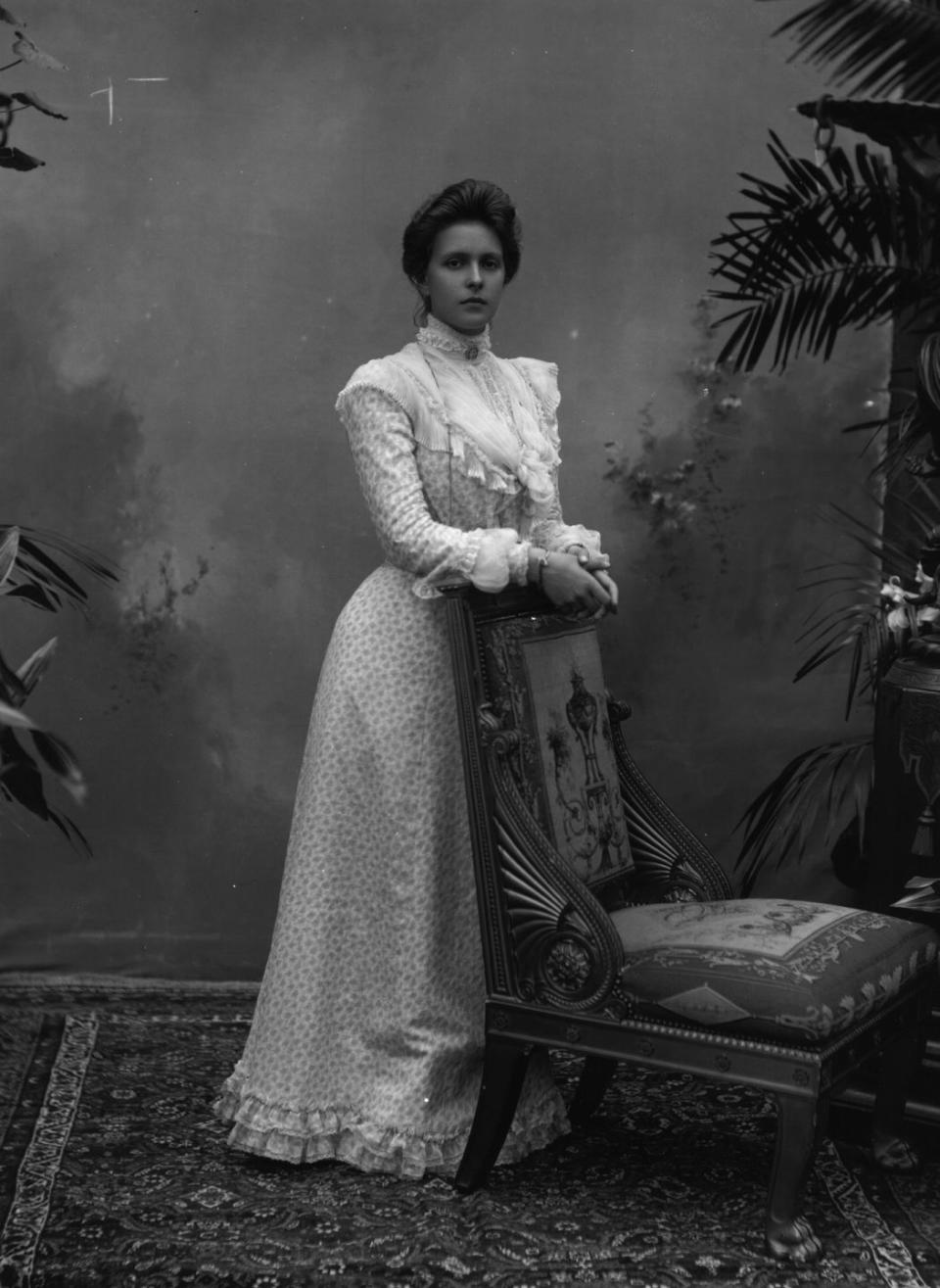
The family settled on the outskirts of Paris, where Princess Alice took up work in a charity shop benefitting Greek refugees. She became deeply religious, converting to the Greek Orthodox Church in 1928. That winter, Princess Alice began to behave strangely, claiming to be in contact with Jesus Christ and the Buddha, from whom she believed she was receiving divine messages; she also claimed to have healing powers. Some historians have argued that her strange behavior can be credited to delayed trauma from the near-execution of her husband. In 1930, after suffering a severe nervous breakdown, Princess Alice was diagnosed with paranoid schizophrenia by two separate psychologists, then sent to the sanatorium.
What happened during Princess Alice’s institutionalization?
Princess Alice was removed from her family against her will and sent to two sanatoriums in quick succession, both of which were run by protégés of Sigmund Freud. The first was in Berlin, belonging to psychologist Ernst Simmel, who made little progress performing psychoanalysis on an openly hostile patient. From Berlin, Princess Alice was transferred to Kreuzlingen, Switzerland, where she was taken into the care of Dr. Ludwig Binswanger.
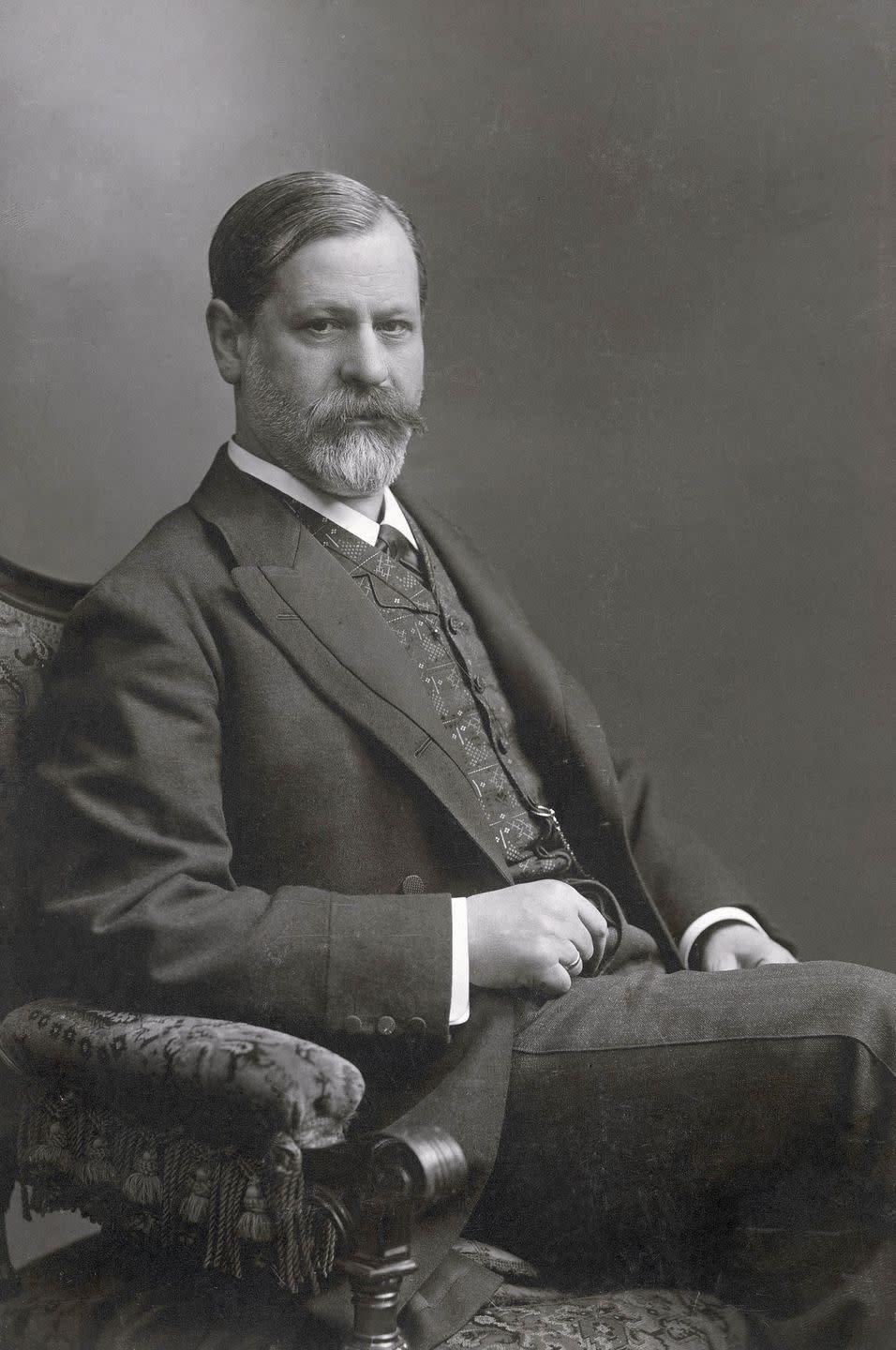
Both Simmel and Binswanger consulted Freud in the matter of Princess Alice’s treatment. Freud believed that her religious epiphanies were the byproduct of sexual frustration, and he recommended X-raying her ovaries in order to kill her sex drive--a treatment that reportedly induced early menopause for Princess Alice. Maintaining a firm conviction in her sanity, Princess Alice made repeated escape attempts, remaining trapped at Kreuzlingen for two years before being transferred for a brief stay at a clinic in Meran, a northern Italian village.
Where did Princess Alice go after she left the asylum?
After Princess Alice left the asylum at long last, she lived a nomadic existence, wandering Europe in disguise and eschewing contact with her family for years. As she traveled through Europe, her daughters married German men enmeshed with the Nazi cause. It wasn’t until 1937 that she resumed contact with her family, and it wasn’t until 1938 that she saw her husband for the first time in six years at the funeral of her daughter Cecilie, who died in a plane crash along with her husband and children.
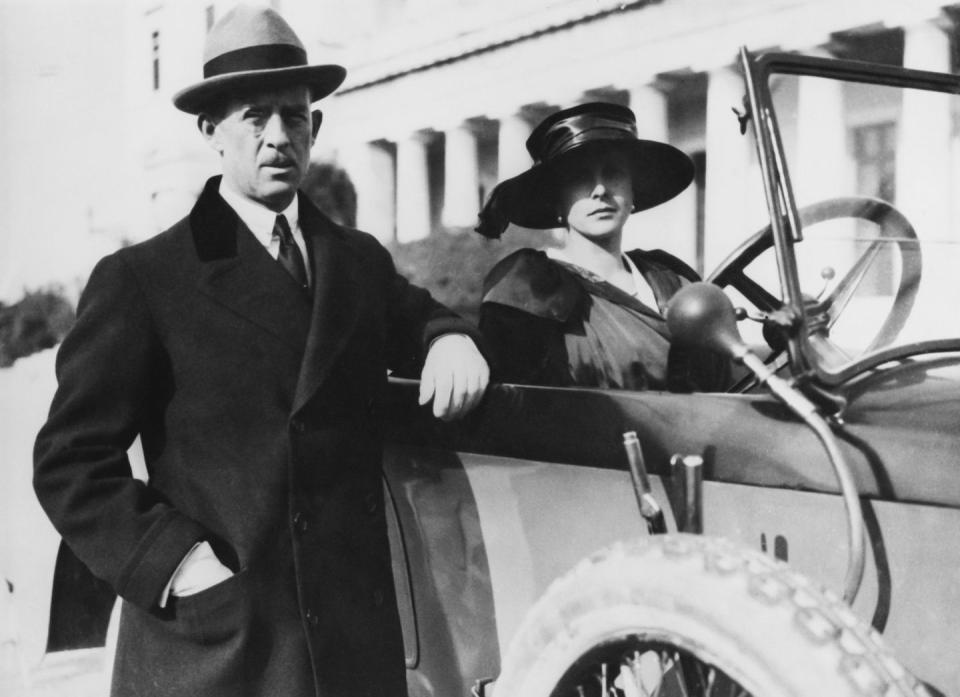
In 1938, Princess Alice returned to Athens, where she rented a modest two-bedroom apartment and continued her work with the poor and underprivileged. She worked with the Red Cross, organized soup kitchens for starving Athenians, and smuggled medical supplies into Greece from Sweden. In 1943, she sheltered a Jewish widow and her two children, hiding them in her home and pleading not to understand Gestapo questioning on account of her deafness.
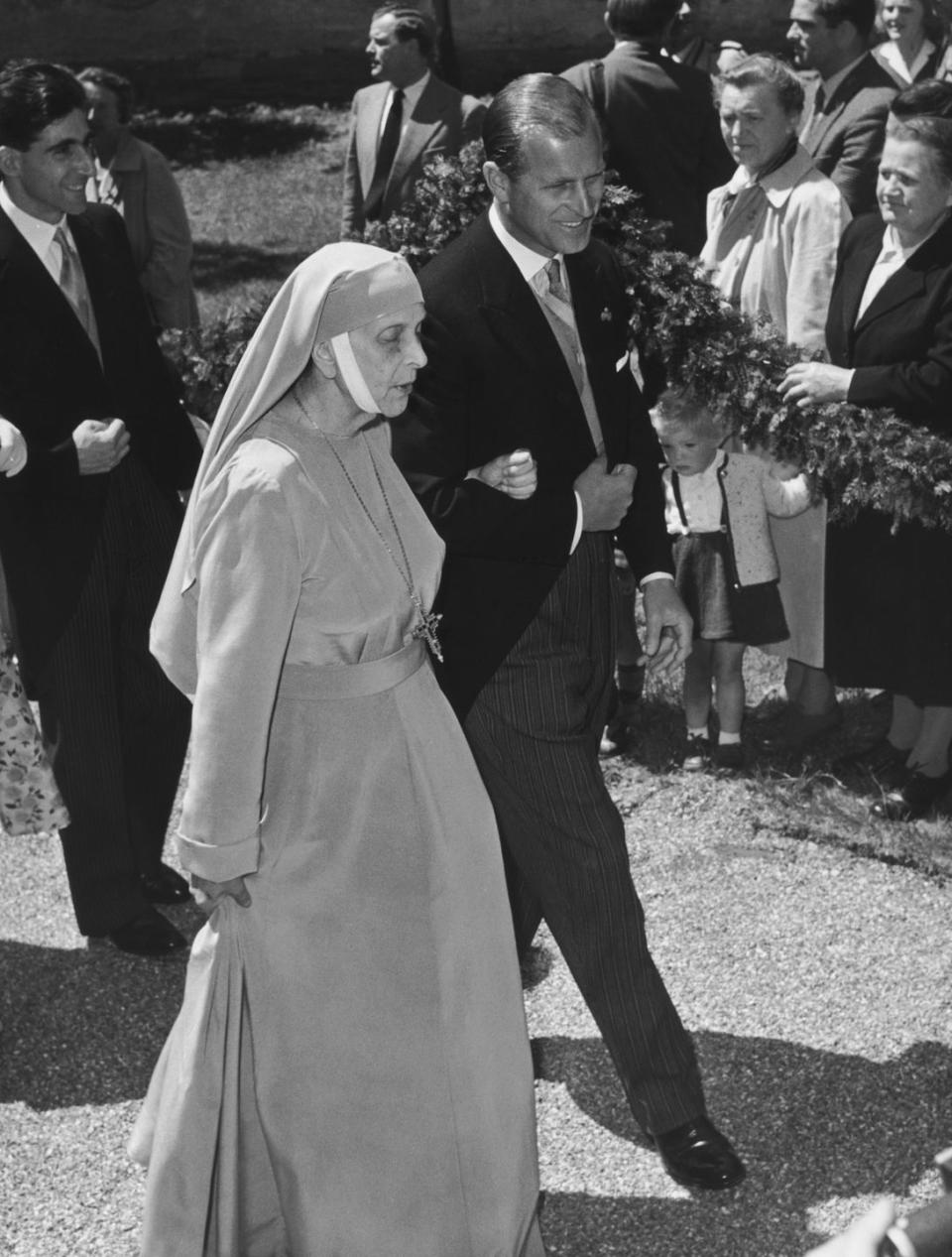
In 1949, Princess Alice founded a nursing order of Greek Orthodox nuns, the Christian Sisterhood of Martha and Mary. When she attended her daughter-in-law Queen Elizabeth II’s coronation in 1953, she attended in her nun’s habit. She remained in Athens until 1967, at which point it became unsafe for her to live in Greece due to political strife, leading Queen Elizabeth to summon her to live at Buckingham Palace. She died at Buckingham Palace in 1969, leaving no possessions, as she had given them all to the poor.
During a ceremony in Jerusalem honoring his mother as “Righteous Among the Nations,” Prince Philip said of her heroic efforts to help Jewish refugees, "I suspect that it never occurred to her that her action was in any way special. She was a person with deep religious faith and she would have considered it to be a totally human action to fellow human beings in distress." In 2010, she was posthumously named a Hero of the Holocaust by Britain.
You Might Also Like

